10 Under-the-Radar Places in France Travelers Talk About
France is more than Paris, the Riviera, and Mont-Saint-Michel. Travelers who go a bit further often find places they never want to leave. This post gathers real recommendations from people who’ve explored the lesser-known side of France and shared what made these places unforgettable.
1. Dordogne Valley and the Lot
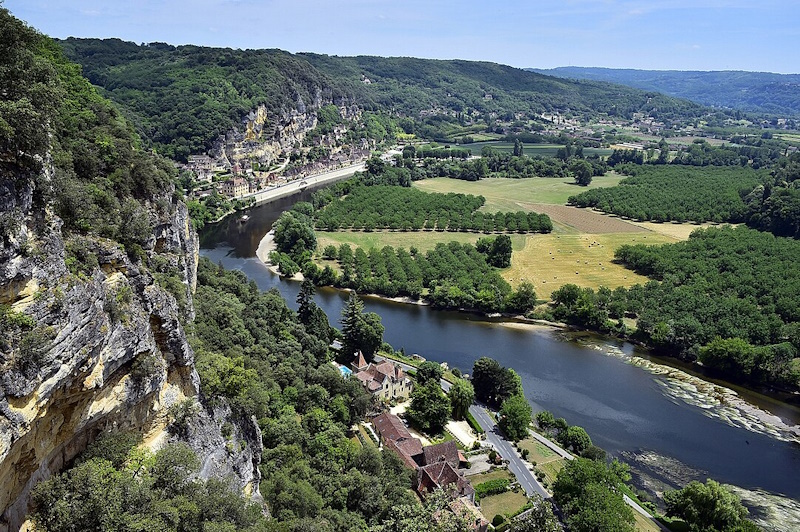
The Dordogne kept coming up, and not by accident. Travelers called it their favorite place in France, sometimes in the world. It’s all hills, forests, rivers, castles, and stone villages that look like film sets.
Top mentions include:
- Sarlat-la-Canéda – a medieval gem with lively markets.
- Rocamadour – dramatically perched above a gorge.
- Beynac and Domme – ideal for staying a week and just soaking in the landscape.
- Cahors and the Lot Valley – further south, still full of castles and quiet towns.
People praise the canoeing, the local food (especially duck and foie gras), and the slower pace. Many stayed in rental homes in the area and said it was one of the best trips they’d taken. One user mentions Josephine Baker’s château near Sarlat.
Dordogne feels like a dream retirement spot with its quiet roads, generous hosts, and the best produce in France.
2. Colmar and the Alsace Villages
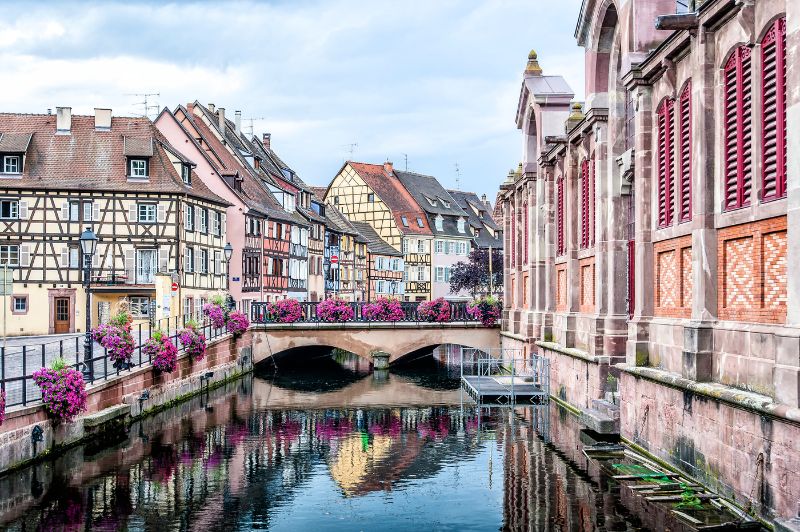
Colmar gets some international attention but still surprises people who find it. Most say it’s worth visiting but small enough to see in a day or two.
The real draw in Alsace is the wine trail and the string of villages that line it. Eguisheim, Kayserberg, and Riquewihr amaze visitors for their storybook appearance, with narrow streets, colorful timbered houses, and vineyards on all sides.
Turckheim is often mentioned by wine lovers, especially those seeking out producers like Zind-Humbrecht. Further north, Wissembourg offers a more low-key experience.
Travelers suggest renting bikes to explore the region and visiting in the off-season to avoid the tourist crush. One describes it as “the most beautiful place I’ve ever been.”
3. Brittany, Saint-Malo and Around

Brittany gets a lot of love. Saint-Malo comes up again and again, with travelers praising its walled old town, waterfront walks, and sea air. One stayed in the quieter Saint-Servan neighborhood just south of the center and called it amazing.
Dinan and Dol-de-Bretagne are often mentioned for their village feel and old-world architecture.
Further west, Lannion and Perros-Guirec serve as peaceful coastal bases, especially outside the summer rush, with easy access to the striking pink rock formations of the Côte de Granit Rose.
Fouesnant draws attention for a coastline that, on a sunny day, could be mistaken for the Mediterranean.
Brittany is also highlighted for canal boat trips, festivals, oysters, cider, and a much quieter vibe than southern France. People describe it as refreshingly authentic and full of surprises.
4. Nantes and the Loire Region
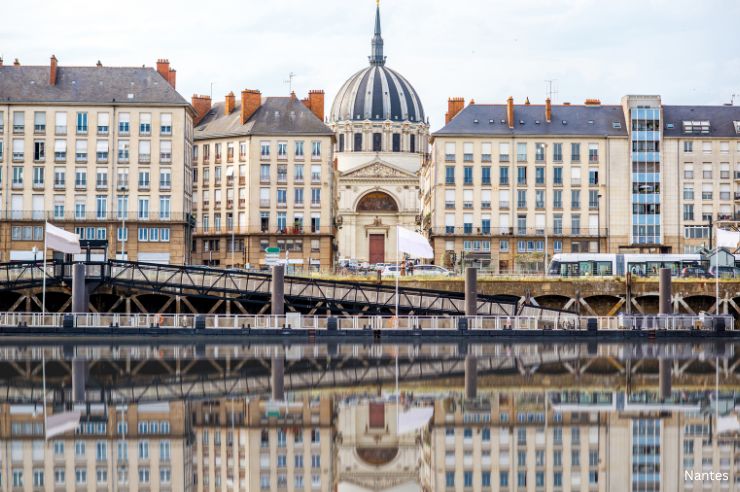
Many people praise Pays de la Loire. Nantes stands out for its unique sights like Les Machines de l’île, where giant mechanical animals roam an old shipyard. It’s considered a must-see, especially for families or anyone drawn to creative, interactive art.
The city’s farmers’ market also leaves a strong impression, particularly for those who enjoy fresh oysters with a glass of local wine.
Not far from Nantes, Angers offers a different kind of marvel with the Apocalypse Tapestry inside its castle, an enormous and surprisingly moving piece of medieval art.
The region as a whole is easy to explore by car, with castles and quiet countryside never far away.
Nantes itself makes a great base. People often mention the quality of the food, the laid-back rhythm of daily life, and how walkable and welcoming the city feels.
5. Annecy
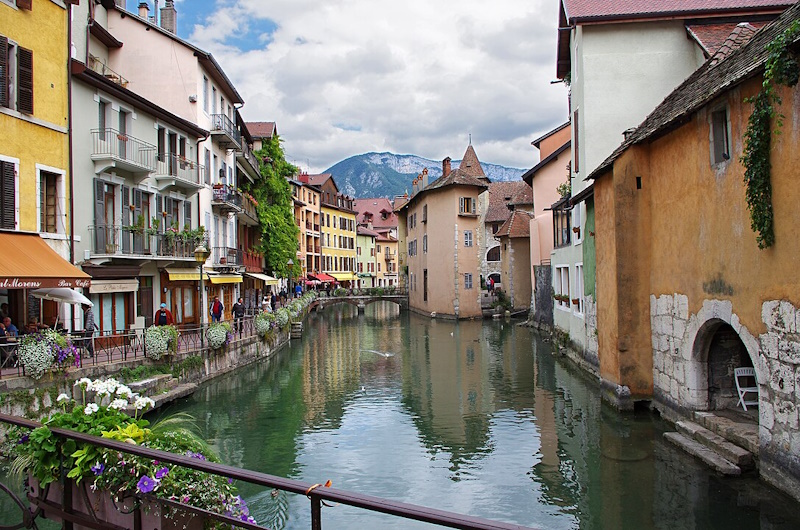
Annecy is well-known among French travelers but still flies under the radar for many foreigners. Often compared to a smaller version of Venice, it charms with its canals and picture-perfect old town.
Set between mountains and a clear alpine lake, the town draws people in with its natural beauty and relaxed atmosphere. In warmer months, it’s ideal for hiking, swimming, or paddling on the lake.
The scenery is ever-present, wherever you walk the water and peaks are never far. It’s also a solid starting point for day trips deeper into the Alps.
There is one caveat: summer can get busy. But those who visited in spring or early fall describe a calm, open, and almost unreal experience in its peacefulness.
6. Provence (Avignon, Arles, Les Baux, Aix)

Provence had lots of specific praise. It’s not exactly undiscovered, but the towns mentioned here aren’t usually first stops on a tourist’s itinerary.
- Avignon – historic but lively, with festivals and the Pope’s Palace.
- Arles – great for Roman ruins and Van Gogh fans. Awesome if you love Roman history.
- Les Baux-de-Provence – a dramatic hilltop village some first discovered through The Amazing Race.
- Aix-en-Provence (Aix) – ideal for students or travelers in their 20s. Multiple people wish they’d discovered it earlier in life.
The overall vibe is relaxed but rich with culture, sunlight, and slow lunches.
7. Toulouse
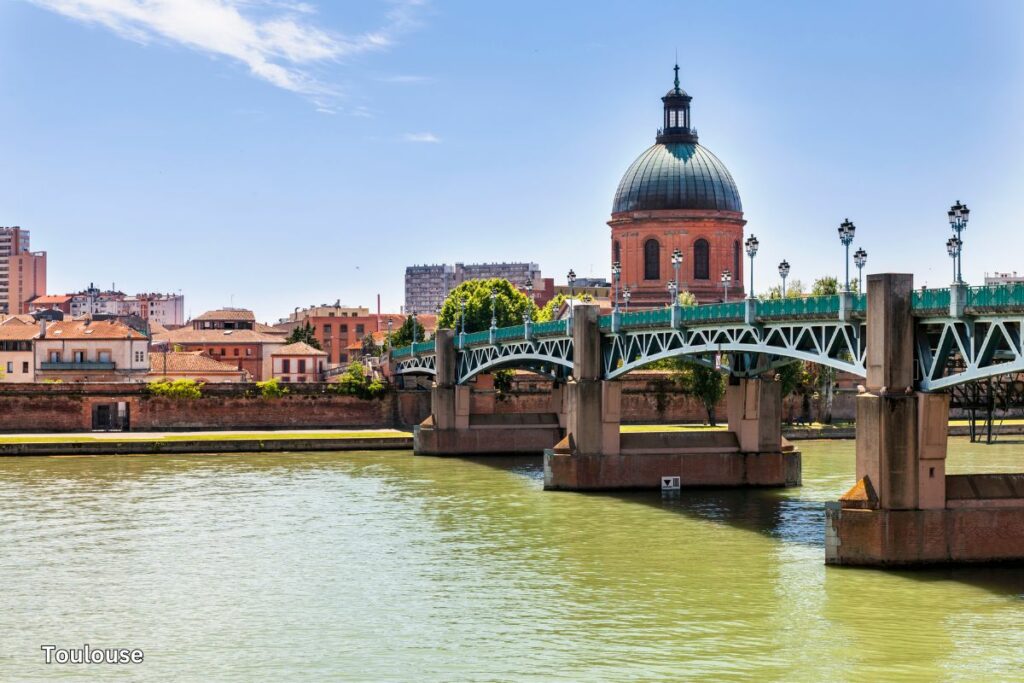
Many people find Toulouse underrated, especially compared to nearby Provence. Known as “The Pink City” for its warm-toned brick architecture, it offers much more than just good looks.
One highlight is Halles de la Machine, a mechanical puppet show that fascinates both kids and adults, echoing the spirit of Nantes’ famous machines.
The city also hosts an impressive aerospace museum for those interested in aviation. During winter, the Christmas market brings the central squares to life with lights, food, and a festive atmosphere.
Toulouse comes across as laid-back but full of things to do. It’s easy to explore on foot and often mentioned as a great choice for a weekend trip, whether with family or alone.
8. Strasbourg

Strasbourg often comes up alongside Colmar, but stands out on its own in two particular seasons. In spring, flowers line the canals and the city feels fresh and open.
In December, it becomes one of the most celebrated Christmas destinations in France, with markets filling the old town and lights everywhere.
The walk from Petite France to the European Parliament shows the contrast between historic neighborhoods and modern institutions. The city’s modern art museum gets more praise than expected.
The overall feel is easygoing and accessible. Some travelers prefer staying here instead of Colmar to avoid the heavier tourist traffic, while still having access to the region.
Strasbourg came up often and consistently – one of the most recommended places in eastern France.
9. Languedoc and Nearby

The Languedoc region and nearby towns draws plenty of detailed praise. Nîmes, Pont du Gard, and Orange stand out for their Roman ruins, often said to rival those found in Italy.
Carcassonne leaves a strong impression with its dramatic medieval citadel rising above the landscape.
Along the coast, Montpellier, Sète, Camargue, and Aigues-Mortes offer a different kind of escape. These towns are less touristy, but full of character, known for local festivals, wildlife preserves, and seafood straight from the sea.
Further inland, some point to Rennes-le-Château, a hilltop village wrapped in mystery and stunning views. Others mention the Cathar castles hidden deep in the hills, where crumbling towers still overlook forgotten valleys.
You can spend a morning walking through ancient stones, an afternoon by the sea, and never feel like you’re fighting the crowds. Even in summer, it keeps its calm.
10. Cevennes
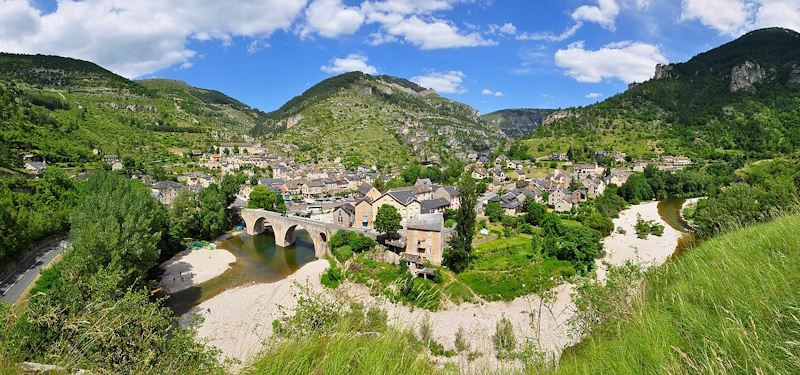
Less well-known than the Dordogne but spoken about with just as much affection, the Cevennes offers a different kind of escape.
Further south than the Lot Valley, the Cevennes is rougher around the edges in the best way. Its hills and stone villages feel unchanged, and there’s even a marked trail inspired by Travels with a Donkey by Robert Louis Stevenson.
The region moves at its own pace. In the towns, drivers pause in the street to talk with friends and no one behind them minds.
This part of France feels local in a way few places still do. Tourists are rare, but those who show up tend to be remembered. It’s not polished, but that’s the whole point.
